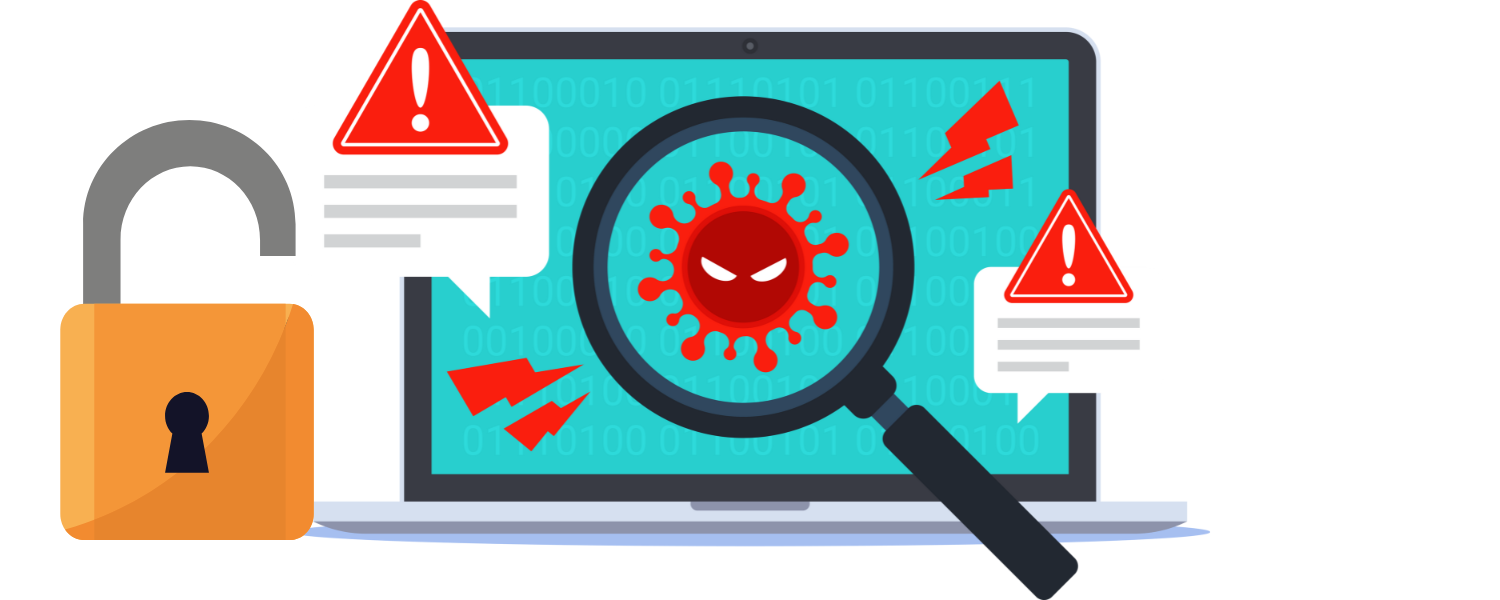Proactive Computer Security
What Can I Do To Protect Myself From Hackers and Viruses?

Proactive computer security, also known as proactive cybersecurity, is an approach to protecting computer systems, networks, and data from potential threats and attacks. Unlike reactive security measures that respond to incidents after they occur, proactive security focuses on preventing security breaches and mitigating risks before they can cause harm.
Key elements of proactive computer security include:
- Risk Assessment: Identifying and understanding potential security risks and vulnerabilities in the system and network infrastructure. This involves conducting regular risk assessments to stay ahead of emerging threats.
- Security Awareness Training: Educating employees and users about security best practices, potential risks, and how to recognize and report suspicious activities. This helps create a security-conscious culture within the organization.
- Regular Updates and Patch Management: Keeping all software, operating systems, and applications up-to-date with the latest security patches to address known vulnerabilities.
- Intrusion Detection and Prevention: Deploying intrusion detection and prevention systems (IDS/IPS) to monitor network traffic for suspicious activity and block potential threats in real time.
- Firewalls and Access Control: Implementing firewalls and access control mechanisms to restrict unauthorized access to systems and sensitive data.
- Encryption: Using encryption to protect sensitive information both at rest and in transit, ensuring that even if data is compromised, it remains unreadable without the proper decryption keys.
- Vulnerability Scanning: Regularly scanning systems and networks for vulnerabilities to identify and address potential weak points before attackers can exploit them.
- Security Auditing: Conduct regular security audits to assess the effectiveness of existing security measures and identify areas for improvement.
- Incident Response Plan: Develop a comprehensive incident response plan to handle security breaches and mitigate their impact swiftly.
- Threat Intelligence: Utilizing threat intelligence sources to stay informed about the latest cyber threats and evolving attack techniques.
By adopting a proactive approach to computer security, organizations can significantly reduce their exposure to cyber threats and protect their digital assets from potential harm. However, it’s essential to combine proactive security with reactive measures to create a robust and resilient security posture.











